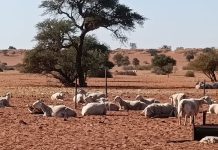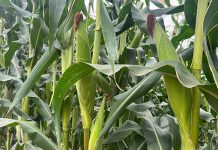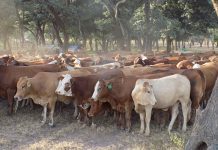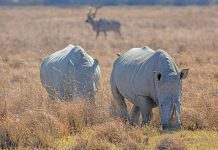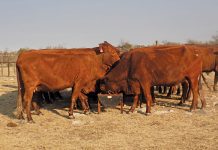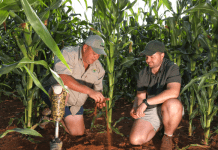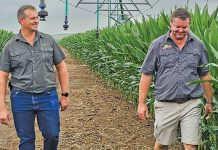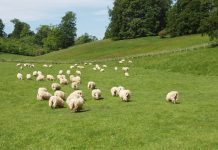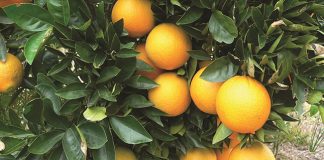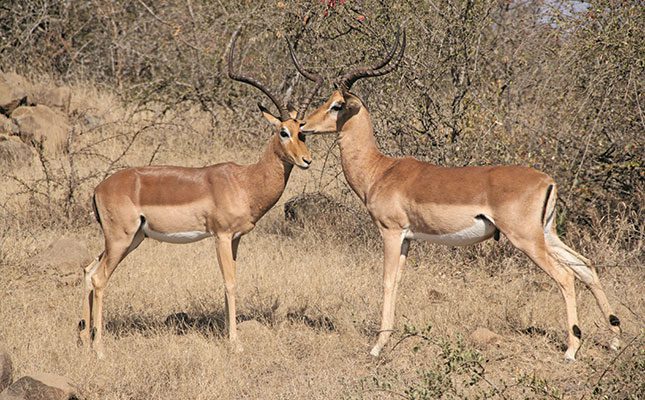
The country’s Ministry of Environment, Forestry and Tourism said in a statement that a total of 723 animals, which include 30 hippos, 60 buffaloes, 50 impalas, 100 blue wildebeest, 300 zebras, 83 elephant and 100 eland were to be culled.
READ In pictures: Farmers in dire need as Namibia faces severe drought
The culling would take place in parks and communal areas where authorities believe animal numbers exceed available grazing land and water supplies, the statement read.
The culling was planned to take place in the Namib Naukluft Park, Mangetti National Park, Bwabwata National Park, Mudumu National Park, and Nkasa Rupara National Park.
The country was facing its worst drought in decades and had exhausted 84% of its food reserves by July 2024. Up to 50% of the Namibian population was expected to experience high levels of food insecurity in the coming months.
“With such a severe drought, human-wildlife conflicts are expected to increase if the authorities do not intervene. To this effect, 83 elephants from identified conflict areas will be culled, (and) meat will be allocated to the drought relief programme,” the ministry said.
Farmer’s Weekly previously reported on the conflict between elephants and humans in Namibia and the fact that farmers in the northern part of the country found it increasingly difficult to continue farming sustainably.
Thinus Pretorius, chairperson of the Namibia Agricultural Union, at the time said: “We simply have too many elephants in the country, resulting in serious damage to both commercial and communal farming.
“One elephant’s daily intake of food and water equals that of 30 head of cattle. The elephants also cause considerable damage to infrastructure by breaking fences, damaging dams and water tanks, and pushing over windmills.”
A livestock producer who farms in the area adjacent to the Namib Naukluft Park and elected to remain anonymous, said the influx of game such as zebra on farming land caused untold damage to grazing and water sources.
“The increase in game numbers on our land places immense pressure on the grazing already nearly destroyed by the drought. The wild animals also deplete water sources, making it extremely difficult to supply sufficient water to our livestock,” he said.
@farmersweeklysa Farmers in Namibia are in desperate need of feed and fodder for their livestock as the country is facing extreme drought. #FarmersWeeklySA #agriculturetiktok #farminginnamibia #drought #weather #fodder #animalfeed #droughtrelief ♬ original sound – Farmer’s Weekly SA

